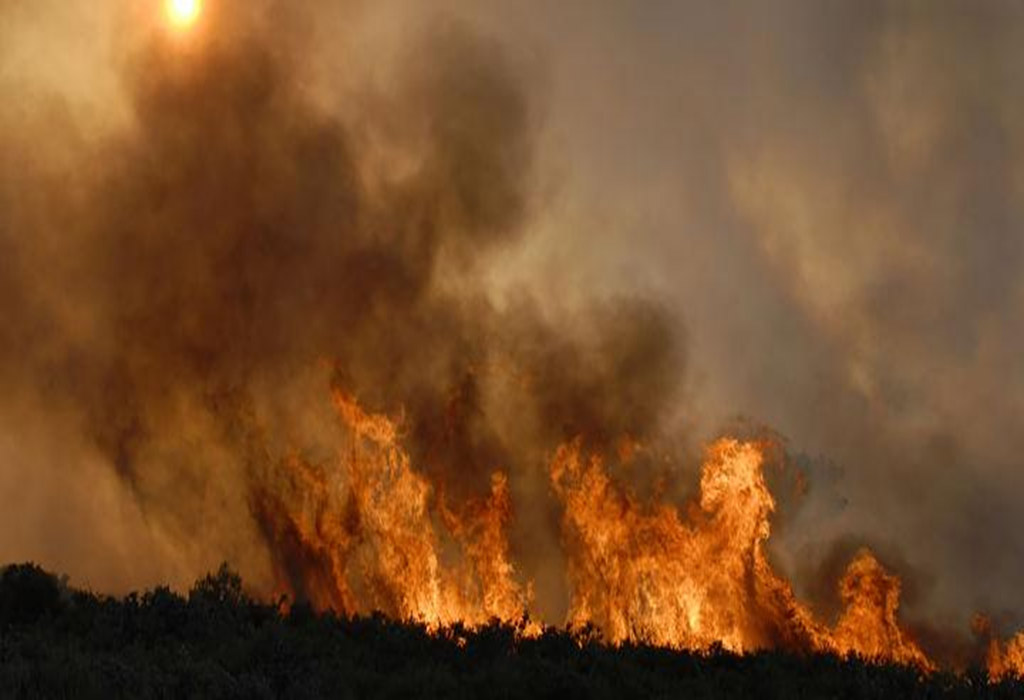According to a study published in the Global Change Biology, Canada had its most devastating wildfire season in 2023, with more than 186,000 square kilometers burned, increasing photosynthesis rates in the nation and Alaska.
This has major implications for forest species composition and ecosystem function, possibly affecting the terrestrial carbon sink negatively, Jinhyuk Kimes, an Earth science expert at the University of California Irvine, said.
“That the types of plants in the region are changing rapidly is a sign of unstable ecosystems,” he added.
Kimes explained that in order to measure the changing rate of photosynthesis in boreal plants, they used data from the Orbiting Carbon Observatory 2 satellites that track plant fluorescence to use as an indicator of photosynthesis.
By doing this, they were able to observe how fires are changing the land vegetation cover and then link it to changes in the Sun-induced fluorescence signal.
jg/jav/mem/cdg










